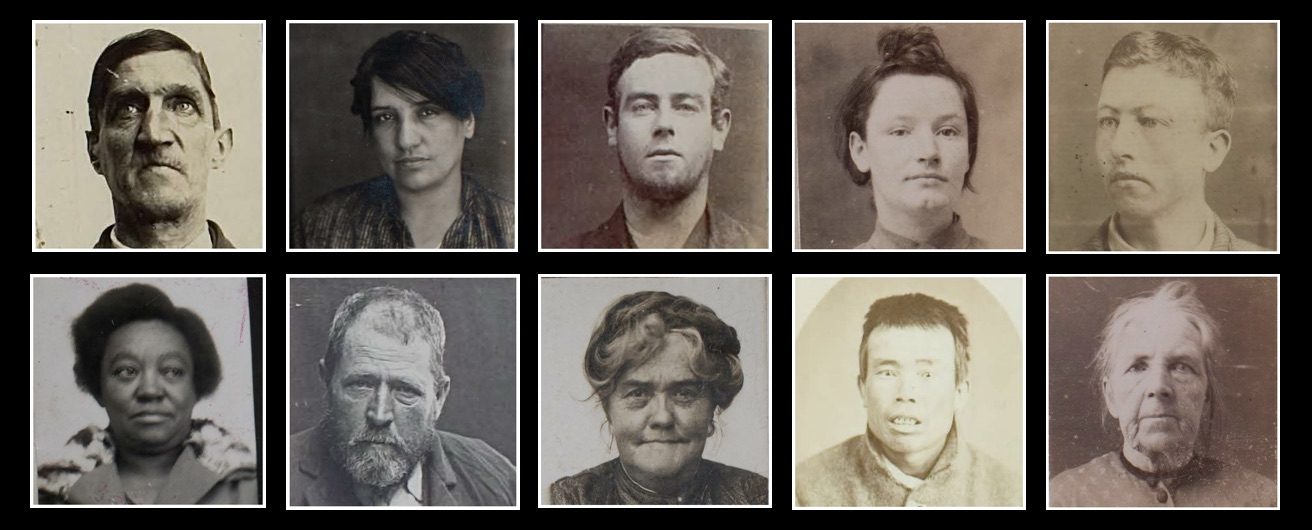Arson involves illegally setting fire to buildings and/or goods. It was covered under the sub-heading ‘Malicious Injuries to Property’, sections 154-161 of Victoria’s Criminal Law and Practice Statute 1864. Under these provisions, most arson offences were liable to sentences of up to 15 years’ imprisonment; however, persons found guilty of setting fires to buildings that contained people at the time could be given a death sentence. By the time of Victoria’s Crimes Act 1958, capital punishment for this offence had been converted to a sentence of up to 20 years’ imprisonment.
Historically as today, some arson cases could be motivated by attempts to claim insurance on property by owners. Revenge – whether against employers, neighbours or family members – was also a common motivation. An example of an insurance-motivated arson in 1857 can be read about here, and a vengeance-motivated case from 1872 can be read about here.
